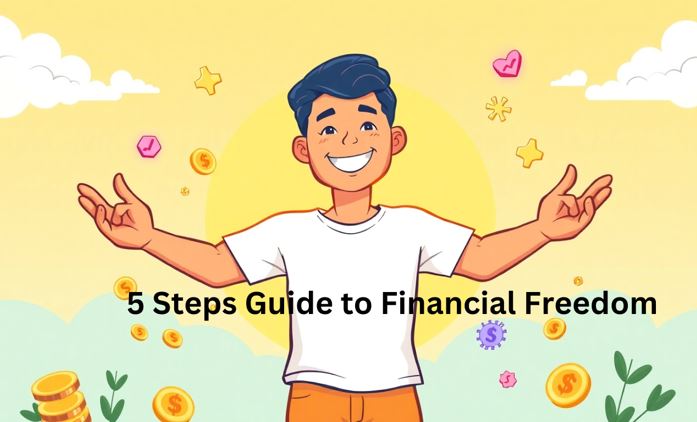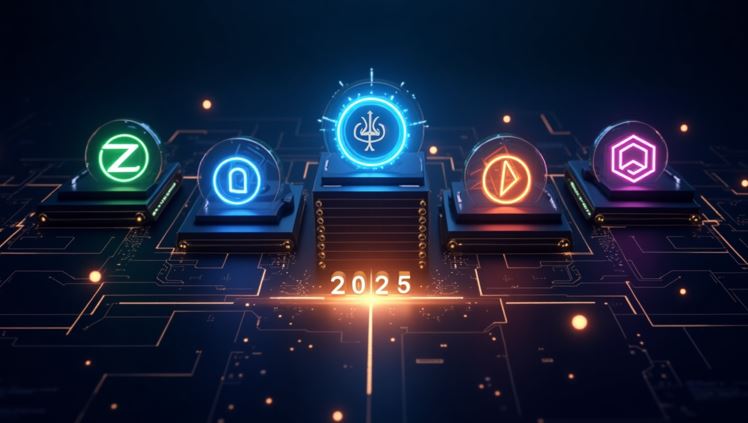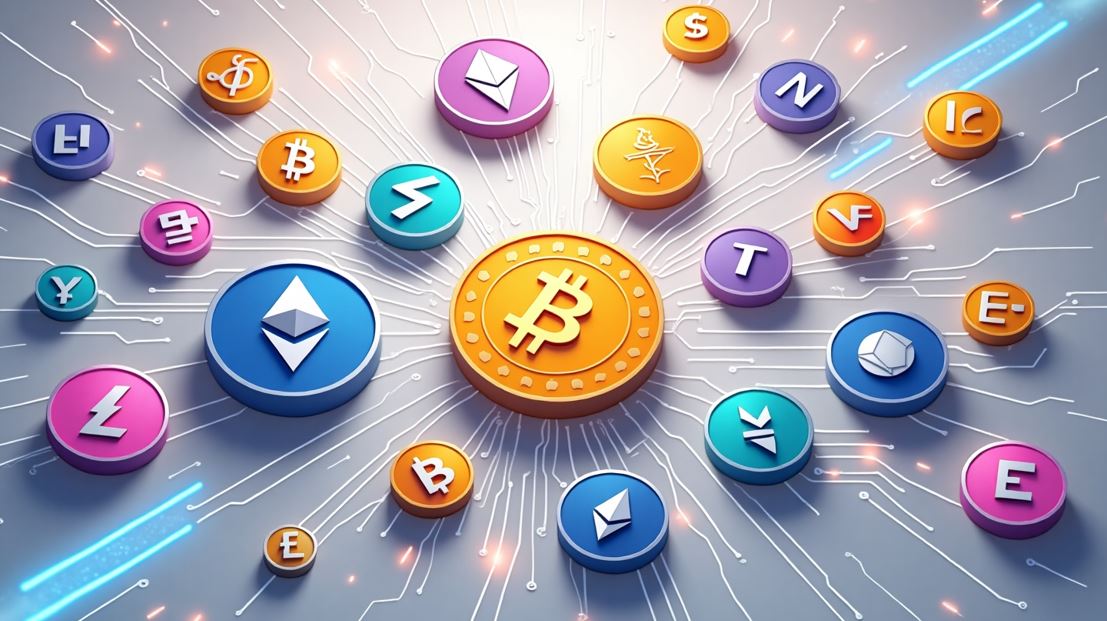Breaking Free from the Paycheck-to-Paycheck Cycle: A Practical 5-Step Guide to Financial Freedom If you can spare just 10 to 15 minutes today, I promise to show you how to take control of your money so you never have to worry about going broke again.
Imagine a life where you’re not constantly stressed about bills, a car repair, or job loss. The steps I’m about to share aren’t magic tricks or get-rich-quick schemes—they’re practical, actionable strategies you can start applying today to break free from the paycheck-to-paycheck grind.
So, if you’re ready to take control of your finances and build a sustainable financial future, let’s dive into this five-step plan.
Step 1: Understand Why People Live Paycheck to Paycheck
First, let’s talk about why so many people live paycheck to paycheck. It’s not because money is evil, random, or out to get you. Money, at its core, is just math—a system you can understand and manage.
Here’s what typically happens:
1. People work and trade their time, skills, and energy for a paycheck.
2. The first round of spending goes toward essential expenses like rent, utilities, and groceries.
3. Whatever is left goes toward non-essential spending—ordering takeout, shopping on Amazon, or treating yourself to ice cream.
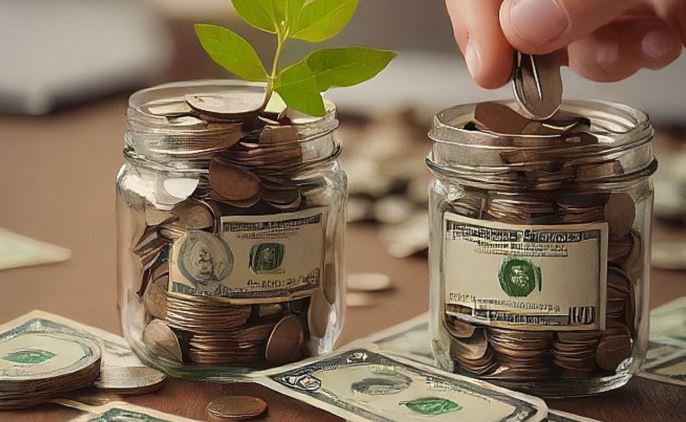
4. By the time all the spending is done, there’s no money left. This cycle repeats every month. And while it might seem manageable, it’s not sustainable. What happens if you lose your job or face an unexpected expense? Everything collapses.
Even if you have a steady, reliable job, living paycheck to paycheck means you’re stuck in a never-ending loop of financial stress with no real progress. The first step toward breaking this cycle is recognizing that it’s not a way to live—it’s just surviving.
Also Read: The Rising Trend Of Cryptocurrency: Easy Explanation For New Users
Step 2: Adopt a Frugal Mindset
The word “frugal” often gets a bad rap. People associate it with deprivation or penny-pinching, but that’s not what it’s about. Being frugal means managing your money wisely—spending intentionally and cutting waste.
Here’s an example of how adopting frugal habits can change your financial flow:
- Instead of living in a large, expensive home, consider downsizing to a smaller, more affordable place.
- Swap out your high car payment for a cheaper, reliable vehicle.
- Take steps to reduce bills by canceling unnecessary subscriptions or finding better deals.
Small changes in spending habits can free up extra money each month.
For example:
- Cook at home more often instead of eating out.
- Limit impulse purchases on Amazon.
- Treat yourself to small indulgences (like ice cream) less frequently.
These simple adjustments can leave you with money left over at the end of the month—a powerful first step toward financial stability.
Step 3: Build an Emergency Fund
You Can Also Watch The Video on YouTube on how to manage money by Mr. Marko
Even with frugal habits, life is unpredictable. Cars break down, jobs are lost, and emergencies happen. That’s why the next step is to create an emergency fund—a financial safety net to cover unexpected expenses.
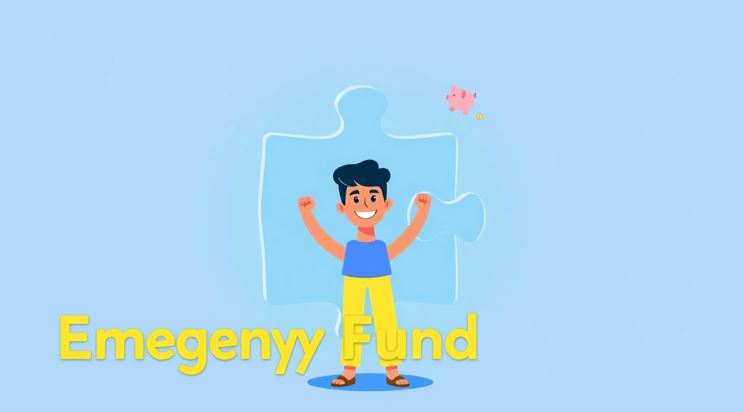
Here’s how to do it:
- Every time you receive a paycheck, set aside a small, manageable amount before you pay any bills or make purchases. This is called paying yourself first.
- Deposit this money into a separate savings account reserved for emergencies only.
Over time, your emergency fund will grow. The goal is to save enough to cover 6 to 12 months of living expenses.
Why is this important? Imagine losing your job. Instead of panicking about how you’ll pay rent or buy groceries, you can dip into your emergency fund to stay afloat while you look for a new job.
This step alone will dramatically reduce your financial stress and give you peace of mind.
Also Read: The Complete Guide to Crypto Mining: What You Need to Know
Step 4: Get Your Money to Work for You
Once your emergency fund is fully funded, it’s time to make your money work for you. Here’s where investing comes into play.
Why invest? Because of inflation—the gradual increase in prices over time. If your money just sits in a savings account, it loses value. By investing, you can grow your money and protect it from inflation.
The best place to start is with index funds, which are low-cost, diversified investments in the stock market. They’re a great option for beginners because they’re simple and relatively safe over the long term.
Here’s how it works:
- Open a brokerage account.
- Redirect the money you were putting into your emergency fund into this account.
- Invest in an index fund and let it grow over time.
The key to successful investing is patience. Let your investments grow and compound. Reinvest any earnings instead of spending them. Over time, your money will make more money without requiring any extra effort from you. This is called passive income.
While index investing won’t make you a millionaire overnight, it’s a powerful tool for growing wealth and achieving financial independence.
Step 5: Get Creative and Expand Your Income
With your emergency fund in place and your investments growing, you’re no longer 100% reliant on a paycheck. This financial security gives you the freedom to explore new income streams and pursue work you’re passionate about.
Some ideas to expand your income:
- Side Hustles: Drive for Uber, deliver groceries, or sell handmade goods on Etsy.
- Start a Business: Turn a hobby or skill into a source of income, like freelance writing, photography, or online coaching.
- Content Creation: Start a blog, YouTube channel, or podcast about a topic you love.

The possibilities are endless. The key is to think outside the box and find ways to generate income that aligns with your skills and interests.
For example, I’ve found success by sharing financial tips and advice through this blog. It’s not a massive moneymaker, but it’s a rewarding way to help others while earning extra income.
The beauty of this step is that it allows you to create financial freedom on your own terms.
Putting It All Together
Let’s recap the five steps to breaking free from the paycheck-to-paycheck cycle:
- Understand why people live paycheck to paycheck: Recognize the unsustainable nature of this lifestyle and commit to making a change.
- Adopt a frugal mindset: Cut wasteful spending and make intentional choices to free up extra money.
- Build an emergency fund: Save 6 to 12 months of living expenses to protect yourself from financial emergencies.
- Get your money to work for you: Invest in index funds to grow your wealth and fight inflation.
- Get creative and expand your income: Explore side hustles, businesses, and other opportunities to diversify your income streams.
This system isn’t flashy or quick, but it works. By following these steps, you’ll develop a sustainable financial plan that frees you from the constant stress of money worries.
No more paycheck-to-paycheck grind. No more sleepless nights wondering how you’ll make ends meet. Instead, you’ll have a solid foundation, financial security, and the freedom to live life on your terms.
So, take the first step today. You don’t need to be perfect—you need to start.
Conclusion: Take Control of Your Financial Freedom
Breaking free from the paycheck-to-paycheck cycle isn’t about luck, and it doesn’t require a massive salary or winning the lottery. It’s about making intentional, consistent decisions with your money.
The steps outlined in this guide—understanding the problem, adopting a frugal mindset, building an emergency fund, investing, and diversifying your income—aren’t quick fixes, but they are effective and achievable for anyone willing to commit to them.
By shifting your mindset and focusing on long-term financial stability, you can transform your relationship with money. No longer will you live in constant stress, worrying about the next unexpected expense or job loss. Instead, you’ll build a foundation of security, freedom, and opportunity.
This journey requires patience, discipline, and creativity, but the rewards are worth it: peace of mind, the ability to handle life’s uncertainties, and the freedom to pursue your passions. Whether you’re just starting out or looking to regain control of your finances, remember that every small step adds up over time.
So, start today. Begin building a sustainable financial future, and you’ll never have to worry about going broke again. Your financial freedom is within reach—take it one step at a time.
